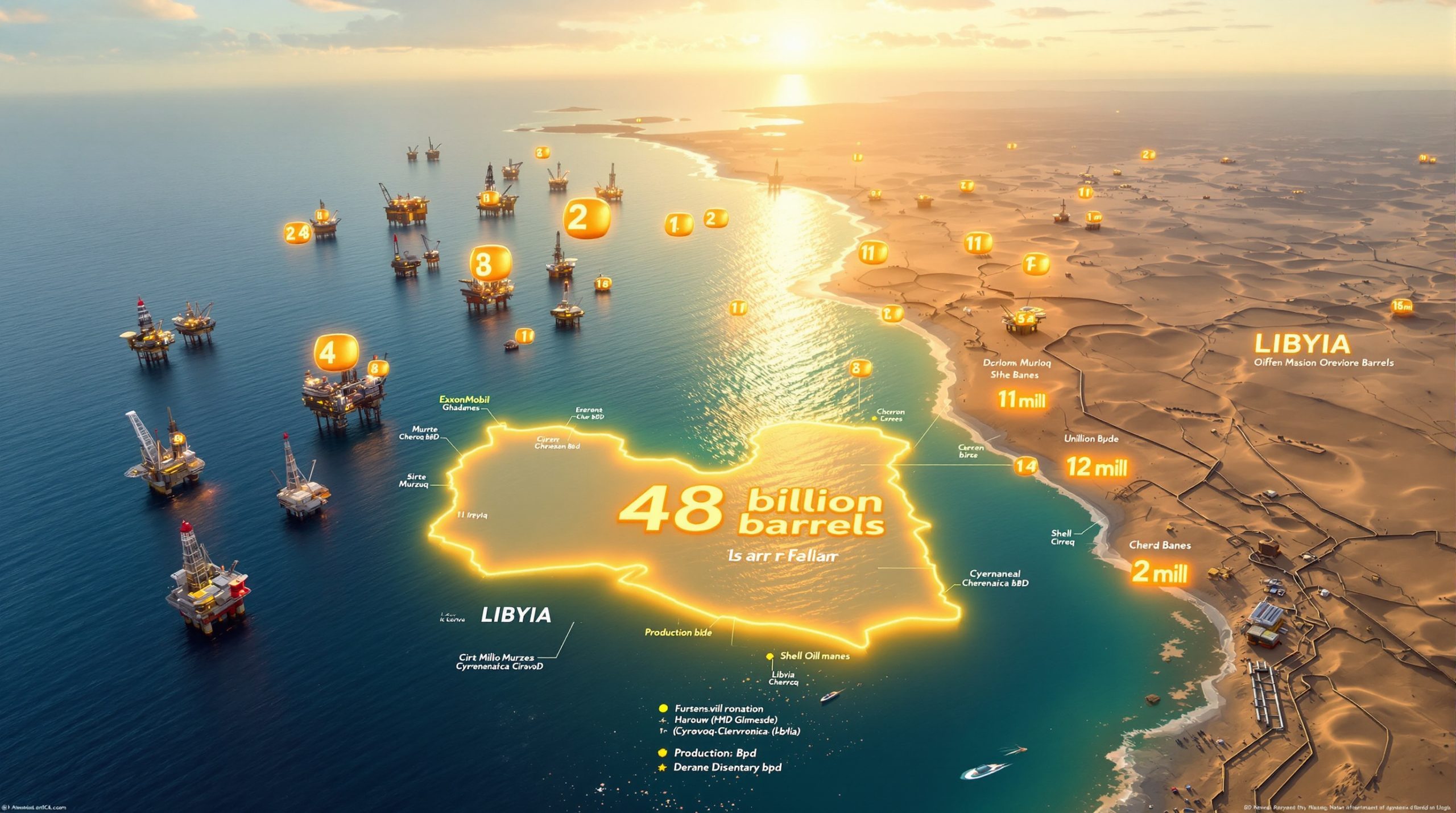Alaska's Strategic Entry into Critical Mineral Production
The Graphite Creek project Alaska marks Alaska's historic entry into large-scale graphite production, positioning the state as a cornerstone of America's critical mineral independence strategy. Located approximately 60 kilometers north of Nome on Alaska's Seward Peninsula, this groundbreaking development has secured national attention through its inclusion in the federal FAST-41 accelerated permitting framework.
This project represents far more than a mining operation – it establishes Alaska as a key player in addressing America's overwhelming dependence on foreign graphite supplies. Furthermore, the critical minerals energy transition demonstrates how domestic production capabilities directly support national energy security objectives.
The strategic importance extends beyond immediate economic benefits. With the project encompassing 4.8 million tonnes of identified graphite resources – the largest known flake graphite deposit in the United States – the Graphite Creek project Alaska positions Alaska at the forefront of domestic critical mineral production capabilities.
Understanding the FAST-41 Designation and Its Impact on Mining Projects
What is the FAST-41 Program and Why Does It Matter?
The Federal Permitting Improvement Steering Council's FAST-41 initiative represents a transformative approach to infrastructure project approvals through enhanced coordination between federal agencies. Established under the 2015 Fixing America's Surface Transportation Act, this program specifically targets regulatory bottlenecks that traditionally delay critical infrastructure developments.
The Graphite Creek project Alaska holds the distinction of becoming Alaska's first project to achieve "covered project" status on the federal FAST-41 permitting dashboard. This designation provides structured coordination mechanisms across multiple federal agencies, creating measurable advantages in permitting velocity through transparent, accountable processes.
Moreover, the critical minerals executive order has further emphasised the strategic importance of such projects. This policy framework creates additional momentum for domestic critical mineral development initiatives across the United States.
Key Benefits of FAST-41 Status:
• Coordinated review timelines across multiple federal agencies
• Enhanced transparency through public tracking dashboards
• Reduced permitting duration from traditional multi-year processes
• Priority consideration for projects supporting national security objectives
The U.S. Army Corps of Engineers determined that project impacts warrant an Environmental Assessment rather than a comprehensive Environmental Impact Statement, potentially reducing approval timelines by approximately 12 months. This classification reflects the operation's relatively contained environmental footprint whilst maintaining rigorous environmental protection standards.
Project Economics: Analyzing the $6.4 Billion Opportunity
Financial Projections and Investment Metrics
The April 2025 bankable feasibility study conducted by Barr Engineering Co. reveals compelling financial metrics that position the Graphite Creek project Alaska among the most economically attractive mining developments in North America.
| Financial Metric | Value |
|---|---|
| Pre-tax NPV (8% discount) | $6.4 billion |
| Pre-tax IRR | 30% |
| Total Capital Investment | $5.05 billion |
| Payback Period | 7.3 years |
| Mine Life | 20 years |
Production Capacity and Revenue Streams
The operation targets sophisticated dual revenue streams through raw concentrate production and value-added processing capabilities. Additionally, the broader battery metals landscape indicates strong demand fundamentals supporting project economics.
• Primary Output: 175,000 tonnes annually of graphite concentrate from Alaska operations
• Processed Materials: 256,251 tonnes yearly from Ohio processing facility
• Advanced Products: 169,000 tonnes of anode active material by 2031
The 30% pre-tax internal rate of return significantly exceeds typical mining project threshold rates, which commonly range between 15-20%. The 7.3-year payback period, positioned against a 20-year operational timeline, indicates capital recovery occurs early in the project lifecycle.
This three-tier production model creates multiple revenue capture points throughout the supply chain, reducing dependency on single product category pricing whilst maximising value extraction from raw materials.
Mining Operations: Five-Phase Development Strategy
Phase-by-Phase Extraction Approach
The conventional open-pit methodology employs a strategic five-phase extraction sequence, optimising resource recovery whilst managing environmental impact and operational efficiency. This approach reflects geological characteristics of the Graphite Creek deposit and economic optimisation for large-scale resource extraction.
Initial prestripping operations commence one year prior to processing facility activation, ensuring seamless production integration when the Ohio facility becomes operational. Consequently, this strategic timing eliminates startup delays from production ramp-up coordination between the Alaska mine site and processing operations.
Infrastructure Development Timeline
| Milestone | Target Date | Production Capacity |
|---|---|---|
| Commercial AAM Production (Initial) | 2028 | 48,000 tonnes/year |
| Mine Operations Commencement | 2030 | 175,000 tonnes/year concentrate |
| Full AAM Capacity Achievement | 2031 | 169,000 tonnes/year |
The five-phase extraction sequence maximises resource recovery through systematic pit development, with each phase strategically designed to maintain consistent ore grades and production volumes throughout the 20-year operational period.
Environmental Considerations and Regulatory Framework
Streamlined Environmental Assessment Process
The U.S. Army Corps of Engineers' determination to require an Environmental Assessment rather than an Environmental Impact Statement reflects careful evaluation of project impacts and mitigation capabilities. This classification provides regulatory acceleration whilst maintaining comprehensive environmental protection standards through conditions-based requirements.
Environmental Assessment processes typically require 3-12 months for completion compared to 18-36 months for Environmental Impact Statement procedures, creating significant timeline advantages for project development whilst ensuring thorough environmental review.
Habitat and Wildlife Impact Management
• Wetland Impact: 2.21 acres of permanent water/wetland disturbance
• Salmon Habitat: Proximity to critical spawning areas requiring specialised mitigation protocols
• Wildlife Corridors: Strategic planning implemented to minimise disruption to migration patterns
The project incorporates specialised mitigation provisions specifically addressing salmon spawning habitat protection and wildlife migration corridor preservation, demonstrating sophisticated environmental management planning responsive to Arctic ecosystem characteristics.
Army Corps permitting typically requires compensatory mitigation for wetland disturbance at ratios specified by regional guidance, commonly ranging from 1:1 to 3:1 depending on wetland classification and geographic location.
Supply Chain Integration: From Alaska to Ohio
Vertical Integration Strategy
The project encompasses comprehensive supply chain transformation, connecting Alaskan raw material extraction with advanced manufacturing capabilities in Ohio. This integrated approach directly addresses critical gaps in domestic graphite processing capacity whilst creating value-added manufacturing opportunities.
Furthermore, Graphite One Inc.'s comprehensive strategy demonstrates how vertical integration can capture value across the entire graphite supply chain, from mine to advanced battery materials.
Processing Facility Specifications
The Ohio facility operates through seven modular units, each processing 25,000 tonnes annually. This modular design enables scalable production adjustments based on market demand fluctuations and raw material availability variations.
| Processing Stage | Input | Output | Location |
|---|---|---|---|
| Primary Concentration | Alaska mined ore | 175,000 tonnes/year concentrate | Alaska |
| Secondary Processing | 175,000 tonnes concentrate | 256,251 tonnes/year processed material | Ohio |
| Advanced Manufacturing | Processed material | 169,000 tonnes/year AAM (by 2031) | Ohio |
The processing efficiency ratio of approximately 146% output-to-input reflects value-added processing and potential material additives that enhance final product specifications for battery manufacturing applications.
Strategic Importance for U.S. Critical Mineral Security
Addressing Import Dependency
Currently, the United States imports virtually all graphite requirements, creating supply chain vulnerabilities for battery manufacturing, defence applications, and emerging technologies. The surging critical minerals demand underscores the urgency of establishing domestic production capabilities.
The Graphite Creek project Alaska directly addresses this strategic weakness through establishment of domestic production capability spanning extraction through advanced manufacturing. This comprehensive domestic capability reduces dependency on foreign processing intermediaries whilst creating strategic reserve capacity for national security applications.
Battery Industry Implications
With electric vehicle adoption accelerating globally, demand for battery-grade graphite continues expanding exponentially. The project's focus on coated spherical graphite production through anode active material manufacturing aligns precisely with automotive industry requirements for high-performance lithium-ion batteries.
Flake graphite, the primary product from Graphite Creek operations, provides superior electrical and thermal conductivity properties compared to other graphite forms. These characteristics make flake graphite particularly valuable for battery applications requiring enhanced performance metrics and operational reliability.
Community Engagement and Indigenous Partnerships
Subsistence Advisory Committee Formation
Project developers established collaborative frameworks with local village representatives, proactively addressing traditional land use concerns and subsistence hunting practices. This approach demonstrates commitment to community integration whilst respecting indigenous cultural practices and resource utilisation patterns.
The collaborative framework ensures ongoing dialogue between project operations and community stakeholders, creating mechanisms for addressing emerging concerns whilst maintaining operational continuity.
Economic Development Opportunities
Beyond direct employment generation, the project creates substantial opportunities for local service providers, transportation companies, and supporting industries throughout the region. The 20-year operational timeline provides long-term economic stability for regional development initiatives.
In addition, the project's scale and duration enable workforce development programmes, skills training initiatives, and infrastructure improvements that benefit communities beyond immediate project employment.
Technical Specifications and Resource Assessment
Deposit Characteristics and Quality
The Graphite Creek deposit represents the largest known flake graphite resource in the United States, with geological assessments confirming high-grade ore suitable for battery applications. The 4.8 million tonnes of identified resources provide substantial operational duration with consistent quality characteristics.
Flake graphite's crystalline plate structure provides superior properties for electrical conductivity, thermal management, and mechanical performance in battery applications compared to synthetic or amorphous graphite alternatives.
Processing Technology and Innovation
Advanced beneficiation techniques optimise concentrate quality whilst minimising environmental impact through sustainable processing methodologies aligned with modern environmental standards. The processing approach incorporates froth flotation and other concentration techniques specifically designed for flake graphite recovery.
However, the modular processing design enables future capacity expansion based on market conditions and resource development opportunities, providing scalability for potential production increases beyond initial capacity targets.
Investment Landscape and Financing Considerations
Capital Requirements and Funding Strategy
The $5.05 billion capital requirement positions the Graphite Creek project Alaska among Alaska's largest mining investments in recent decades. This substantial investment reflects the project's comprehensive scope, spanning mining operations, processing facilities, infrastructure development, and advanced manufacturing capabilities.
The evolving mining industry trends indicate increasing investor interest in vertically integrated critical mineral projects that address supply chain vulnerabilities whilst generating multiple revenue streams.
Market Timing and Demand Projections
Strategic timing aligns with expanding domestic battery manufacturing capacity and federal initiatives supporting supply chain independence through programmes like the Inflation Reduction Act and Infrastructure Investment and Jobs Act provisions for critical minerals.
Growing electric vehicle adoption creates sustained, expanding demand for high-quality graphite products, with market projections indicating substantial growth in battery-grade graphite consumption through the 2030s and beyond.
Future Expansion Potential and Long-term Vision
Scalability Considerations
The modular processing design enables future capacity expansion based on market conditions and additional resource development opportunities. The seven-unit modular architecture provides flexibility for adding additional processing capacity without major facility reconstruction.
Additional exploration within the Seward Peninsula region could identify supplementary resources extending operational life beyond the current 20-year timeline, particularly given Alaska's geological potential for additional graphite deposits.
Technology Integration Opportunities
Emerging graphite applications in advanced materials, thermal management systems, and next-generation battery technologies create additional revenue opportunities beyond traditional markets. The processing facility's flexibility enables adaptation to evolving product specifications as battery technology continues advancing.
For instance, potential applications include solid-state battery technologies, advanced thermal interface materials, and specialised industrial applications requiring high-purity graphite products.
Risk Assessment and Mitigation Strategies
Operational Risk Factors
• Weather-related operational interruptions in Arctic conditions requiring seasonal operation adjustments
• Transportation logistics coordination from remote Alaskan location to Ohio processing facility
• Skilled workforce availability in regional context requiring comprehensive training programmes
• Commodity price volatility affecting project economics and cash flow projections
Regulatory and Political Considerations
Federal support for critical mineral projects provides regulatory tailwinds through programmes like FAST-41 and critical mineral designation priorities. However, changing political priorities could affect future policy support levels, requiring contingency planning for various regulatory scenarios.
The FAST-41 designation offers protection against regulatory delays whilst ensuring transparent, accountable permitting processes with defined timelines and coordination mechanisms.
Market Dynamics and Competitive Positioning
Global Graphite Market Context
The global graphite market faces increasing demand from battery applications whilst traditional supply sources encounter environmental restrictions and geopolitical uncertainties. The Graphite Creek project Alaska's domestic production capability addresses supply security concerns whilst meeting growing quality requirements for advanced applications.
Natural flake graphite commands premium pricing compared to synthetic alternatives due to superior performance characteristics in battery applications, creating favourable economic conditions for high-quality natural graphite producers.
Strategic Market Positioning
The project's positioning spans multiple market segments through diversified product offerings:
• Raw concentrate for traditional industrial applications
• Processed graphite for specialised industrial uses
• Anode active material for battery manufacturing
This diversification reduces market concentration risk whilst capturing value across different applications and price points within the graphite value chain.
The Graphite Creek project Alaska represents a transformative opportunity for Alaska's mining sector and America's critical mineral independence. Through strategic integration of extraction, processing, and advanced manufacturing, this initiative addresses fundamental supply chain vulnerabilities whilst creating substantial economic value across multiple stakeholder groups.
Success depends on efficient execution of the complex permitting process, securing adequate financing across the project's development phases, and maintaining operational efficiency in challenging Arctic conditions. The project's strategic importance extends beyond immediate economic returns, contributing significantly to national security objectives and domestic supply chain resilience.
The comprehensive approach from raw material extraction through advanced battery material manufacturing positions the Graphite Creek project Alaska as a cornerstone development in America's transition toward critical mineral independence, establishing Alaska as a key contributor to domestic supply chain security in the rapidly expanding battery and electric vehicle sectors.
Ready to capitalise on Alaska's critical mineral breakthrough?
Discovery Alert's proprietary Discovery IQ model delivers real-time alerts on significant mineral discoveries across the ASX, transforming complex geological data into actionable investment insights. Explore how major mineral discoveries can generate exceptional returns and begin your 30-day free trial today to position yourself ahead of the market.




